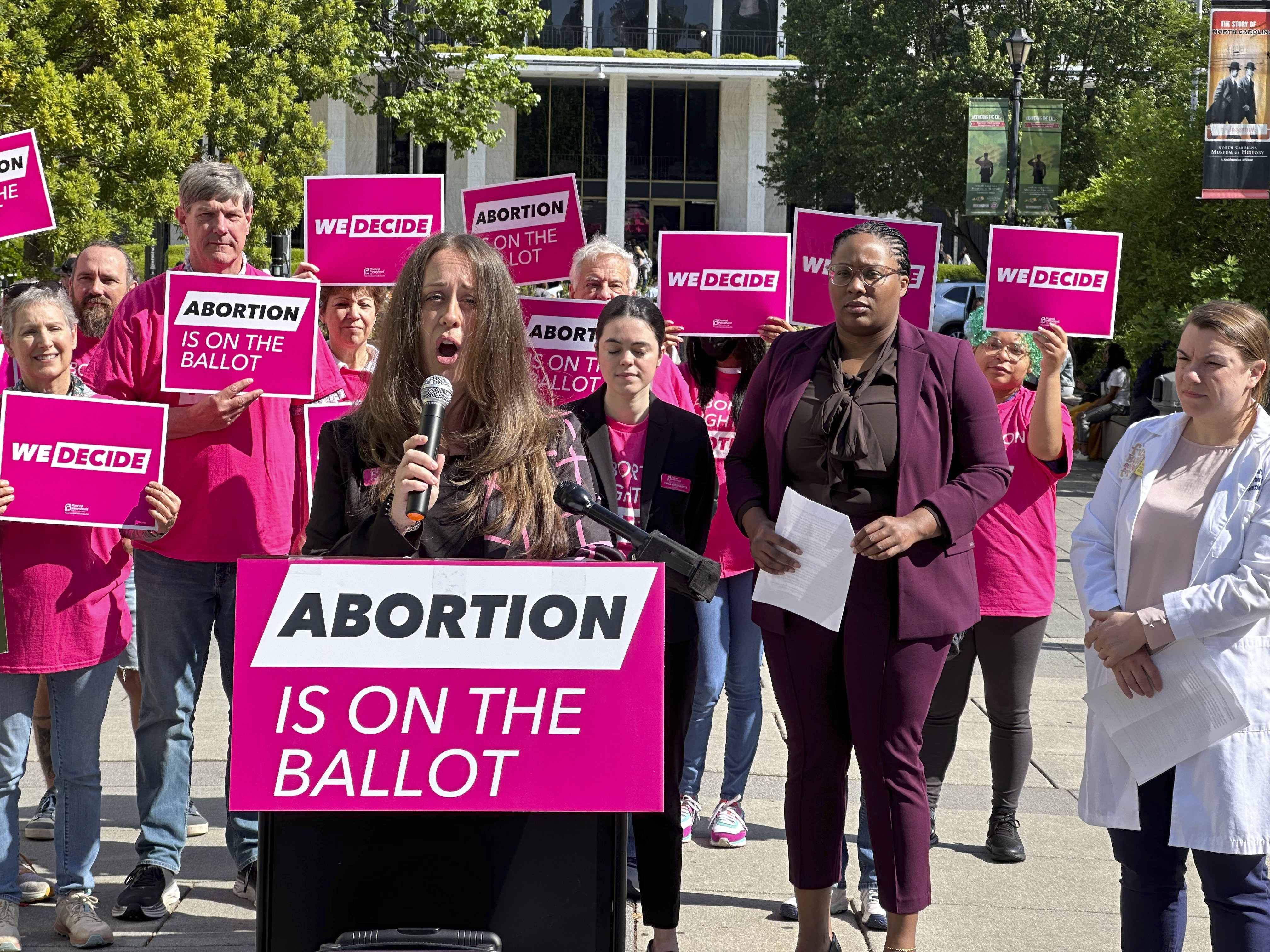Ohio voters will decide on abortion access in November ballot

Ohio voters will decide in the fall whether or not the right to abortion should be added into the state constitution. Officials said on Tuesday that they had gathered enough signatures to put the proposal on ballot.
It’s unclear how much support will be needed to pass the amendment, since Republican lawmakers are holding a special vote next month to decide whether or not to increase the threshold to 60% from a simple majoritiy. AP VoteCast’s polling found that 59% of Ohio voters believe abortion should be legal in general.
This measure would create “a fundamental right of reproductive freedom,” with “reasonable limitations.” It would use language similar to the constitutional amendment Michigan voters approved in November.
In a recent statement, Lauren Blauvelt, Dr. Lauren Beene and other members of the executive committee for Ohioans United for Reproductive Rights said that “every person deserves respect, dignity and the right to decide their reproductive health care including decisions related to pregnancy, miscarriage and abortion without government interference.”
|
Secretary of State Frank LaRose announced Tuesday that Ohioans United for Reproductive Rights had submitted approximately 496,000 valid signatures. This is more than enough to allow the amendment to be put before voters in November 7. The coalition submitted more than 700,000.
The Statehouse Republicans’ call for a special election on August 8 would eliminate the 10-day curing window during which citizen-led campaigns could submit additional signatures, if their first attempt was unsuccessful. They would also increase the number counties in which signatures are required from 44 to 88. These provisions, however, would be too late to have any impact on the abortion issue. It has already been through legal and administrative hurdles before it is ready to vote.
A judge’s ruling in a case challenging the ban on abortion in the state, up to 20-week gestation, is legal. This means that women can have an abortion until they detect cardiac activity, or six weeks after conception, when many are unaware of their pregnancy. The Republican Attorney General has asked the Ohio Supreme Court overturn the stay.
Ohio’s antiabortion network announced that it was ready to fight against the November proposal. They promised a well-funded and vehement opposition campaign.
The opponents of the measure claim that because it protects “individuals,” the amendment could override Ohio’s parental-consent laws regarding abortion. The authors of the amendment reject this theory. Ads against abortion amendment suggest that it would allow gender transition surgeries to be performed on all ages. This is in line with national political messaging, which experts consider misleading.
Amy Natoce is the press secretary of Protect Ohio Women. The opposition campaign. She said that the group would “continue to shine light on the ACLU’s disastrous agenda” until they are defeated in November.
She said that Ohioans were becoming aware of the dangers of ACLU’s antiparent amendment. They are scared — and for good reason.
The proposal is one of many around the country that are motivated by the U.S. Supreme Court’s decision last summer to overturn Roe v. Wade, and the right to abortion nationwide it once protected. This left abortion policy up to individual states.
Kansas voters protected abortion rights in the first statewide vote following this decision. Five other states — California (Kentucky), Michigan (Michigan), Montana and Vermont (Vermont) — either enshrined or rejected constitutional restrictions to abortion in November.






